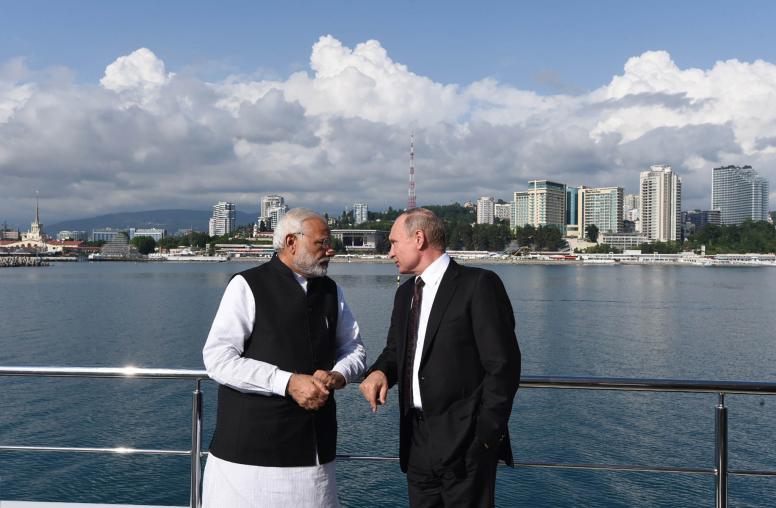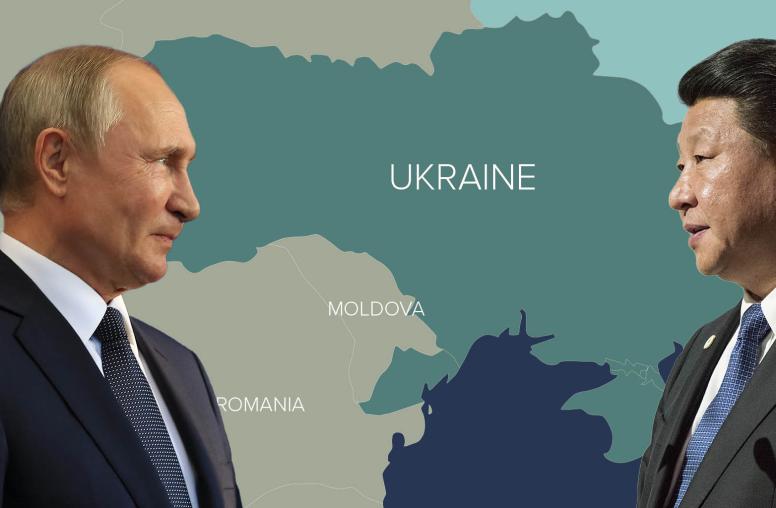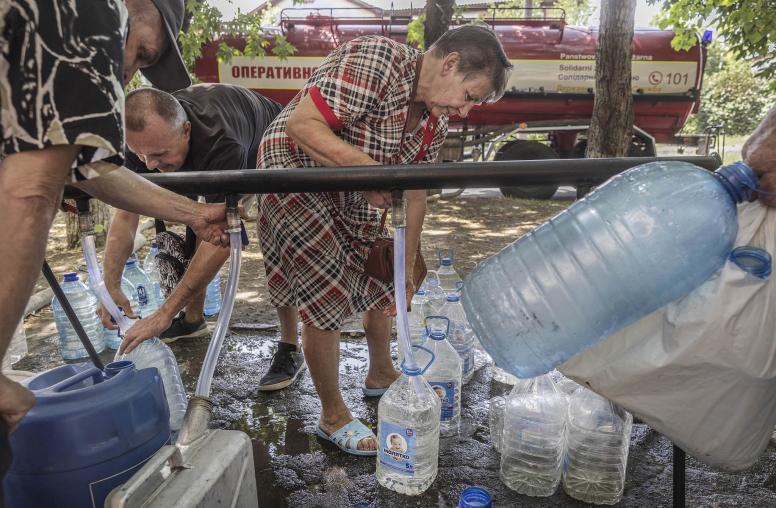Whither NATO at 75?
Russia’s invasion of Ukraine reinforced the alliance’s modern relevance — but it now must prepare for tomorrow’s challenges.
NATO marked its 75th anniversary last week at a celebration in Brussels. While Russia’s invasion of Ukraine has injected the alliance with new life and resolve, the 32-member collective security pact is also wrestling with its future in a world of growing great power competition. In 2022, NATO formally identified for the first time China as a challenge to its interests and collective security. As NATO continues to support Ukraine and look to future global challenges, it also has internal issues to address, ranging from individual member defense spending to the problems posed by the need for collective decision-making among 32 members.

USIP’s Bill Taylor and Mirna Galic look at how the Ukraine war impacts the alliance’s trajectory and how NATO is preparing to address the challenges of the future, particularly as it relates to China.
What has Russia’s invasion of Ukraine revealed about the Alliance’s relevance 75 years after its Founding?
Taylor: Russia’s invasion of Ukraine shows that NATO remains the essential structure for ensuring the security of the countries of the Euro-Atlantic area. For many years after the Cold War, observers on both sides of the Atlantic questioned NATO’s relevance, on the grounds that Russia was too weak to threaten its neighbors and that wars for territory were no longer possible in the modern era. Putin’s invasion put those doubts to rest.
The war shows that NATO’s mission of “collective defense for the preservation of peace” remains as relevant today as it was 75 years ago, and that the alliance’s founding ideals of “democracy, individual liberty and the rule of law” still require a vigilant and spirited defense. For Ukrainians, the war has revealed that their country will not be secure to develop as a free society until they are part of NATO — a goal that all members of the alliance have affirmed will become a reality, though probably not until after the current war ends.
How will the Ukraine war impact NATO’s trajectory in the coming decades?
Taylor: Russia’s war on Ukraine has instilled NATO with renewed purpose and given its members a sense of urgency to improve their capabilities for collective defense. It has reminded NATO’s European members that Russia is the main threat to their security. It has prompted Finland and Sweden to join NATO after decades of non-alignment. The war has boosted NATO political cohesion, prompted the alliance to develop an updated Strategic Concept, and led many members to get serious about the military after decades of neglecting defense spending. Ten years ago, before Russia invaded Ukraine the first time, six NATO members invested more than two percent of their annual GDP to defense. It is expected that by the time of the NATO summit in Washington this July that at least 20 will do so.
How is NATO addressing the challenges posed by China?
Taylor: NATO has begun to devote more attention to China as Beijing has grown more assertive and deepened its political relationship with Russia. The new NATO Strategic Concept unveiled in 2022 lists China for the first time as a security challenge that requires the alliance’s collective attention. While continuing to designate Russia as the primary threat to its members, NATO documents now routinely cite China’s “coercive policies” as posing a challenge to alliance interests and values. NATO has stated its concerns not only about Chinese threats to Taiwan but also the broader danger China poses to international civil liberties through surveillance, repression and disinformation. In response, NATO has stepped up monitoring of Chinese-Russian coordination and substantially increased engagement with Indo-Pacific partners Japan, South Korea, Australia and New Zealand.
Galic: China as a challenge to alliance interests, security and values was formalized in the most recent version of NATO’s Strategic Concept, adopted in 2022. Although the Strategic Concept outlines the kinds of political, economic and military challenges stemming from China, and notes the importance of addressing them, it does not detail how, specifically, NATO should respond. This reflects the variety of national views and strategies related to China among NATO allies.
What the allies have agreed on is that engaging with NATO’s partner countries in the Indo-Pacific region — Australia, Japan, the Republic of Korea and New Zealand — and deepening relations between NATO and these partners is critical to ensuring the kind of information sharing, situational awareness and cooperation needed “to tackle cross-regional challenges and shared security interests,” including those related to China.
Additionally, NATO is also keeping communication channels with China open, part of what Secretary-General Jens Stoltenberg has called a strategy of “defense and dialogue.” To this end, the alliance and China have held regular military-to-military staff talks since 2010.
What other major challenges does NATO face in the years ahead?
Taylor: The main challenge facing NATO in the years ahead will be to deliver increased capabilities while preserving political cohesion in the 32-member alliance. It could take many years for recent increases in defense spending to produce results on the ground. In the meantime, Europe remains heavily reliant on a U.S. that must also focus on defending allies in the Indo-Pacific.
On both sides of the Atlantic, NATO members will need to improve the capacity of their defense industrial bases in order to equip their own forces while providing urgently needed battlefield help to Ukraine. Politically, Sweden’s tortuous two-year membership bid demonstrated the ease with which individual NATO members can impede major alliance decisions. Efforts by Turkey and Hungary to extract concessions from Sweden in exchange for membership will likely leave behind a residue of distrust and have raised serious questions about NATO’s ability to cohere effectively in a crisis.



